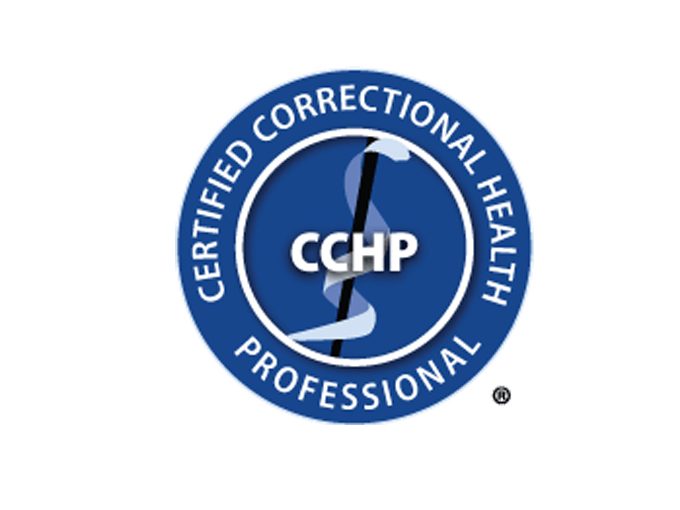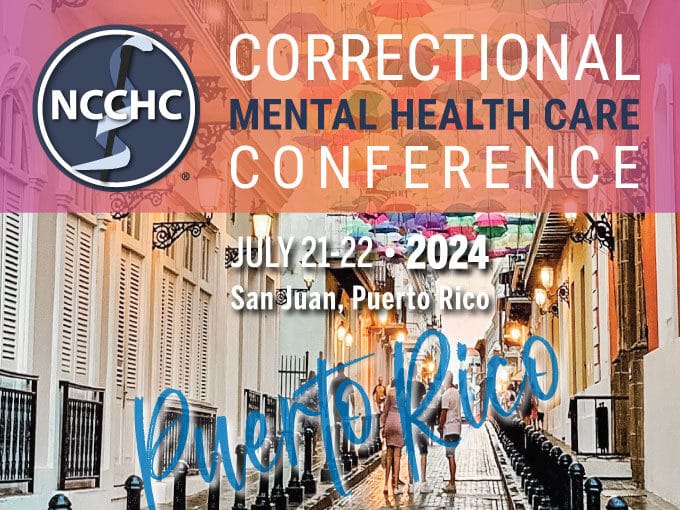
Standards Q&A: 75% Custody Health Training Requirement
Does the 75% requirement refer to all custody staff or only those working during
Home Restrictive Housing in Juvenile Corrections
 Mar 16, 2021
Mar 16, 2021For those of us who provide treatment in juvenile correctional settings, the resilience demonstrated by our adolescent patients constantly reminds of us why we must also work hard to advocate for the best possible care and opportunity for growth. Our patients have experienced trauma, psychosocial adversity, personal and family mental illness, systemic racism, and more. While under our care, they deserve access to every possible treatment option that may allow them not only to tolerate their period of confinement, but also to grow and develop new skills and strategies for taking on the world in a healthy and successful way as they transition to adulthood. NCCHC’s Juvenile Health Committee, composed of multidisciplinary correctional professionals from different types of settings around the country, identified the issue of restrictive housing for juveniles as one with a significant impact on the physical and emotional health and well-being of our patients.
During the COVID pandemic, as health and safety measures have required our adolescents to spend more time alone in their rooms, it has become increasingly clear that periods of prolonged isolation must happen only when absolutely necessary. Although most juvenile facilities and even some states no longer allow formal “solitary confinement” for adolescents, there is a wide range of “restrictive housing” practices that take place. Unlike psychiatric treatment settings such as inpatient hospital units and residential treatment facilities, where the treatment team may use tools such as physical restraint and seclusion for short-term (minutes to rarely hours) safety measures with close monitoring, the practice of isolating patients in a correctional setting is often considered with a timeline more like days or weeks.
Surprisingly, very little data exists on how juvenile restrictive housing is implemented and monitored. Focusing primarily on studies looking at the psychiatric sequelae of solitary confinement on adults and adolescents allowed the committee to identify some of the potential risks associated with restrictive housing and to develop guidelines for mitigating these risks when facilities used restrictive housing for custody and control purposes deemed necessary for safety and security.
Finally, as our society moves away from incarcerating large numbers of adolescents, instead prioritizing access to psychiatric care and rehabilitative opportunities outside of correctional facilities, it is our hope that the facilities that continue to have the privilege of caring for some of the most vulnerable adolescents in our community – as well as the ongoing challenge, of course, of managing patients at times highly aggressive and/or self-injurious while maintaining collective safety during a global pandemic – will strive to eliminate the practice of restrictive housing and to instead employ safe and effective strategies for behavioral management and treatment.
Read the position statement here
By Elizabeth A. Lowenhaupt, MD, CCHP
Chair, NCCHC Juvenile Health Committee


